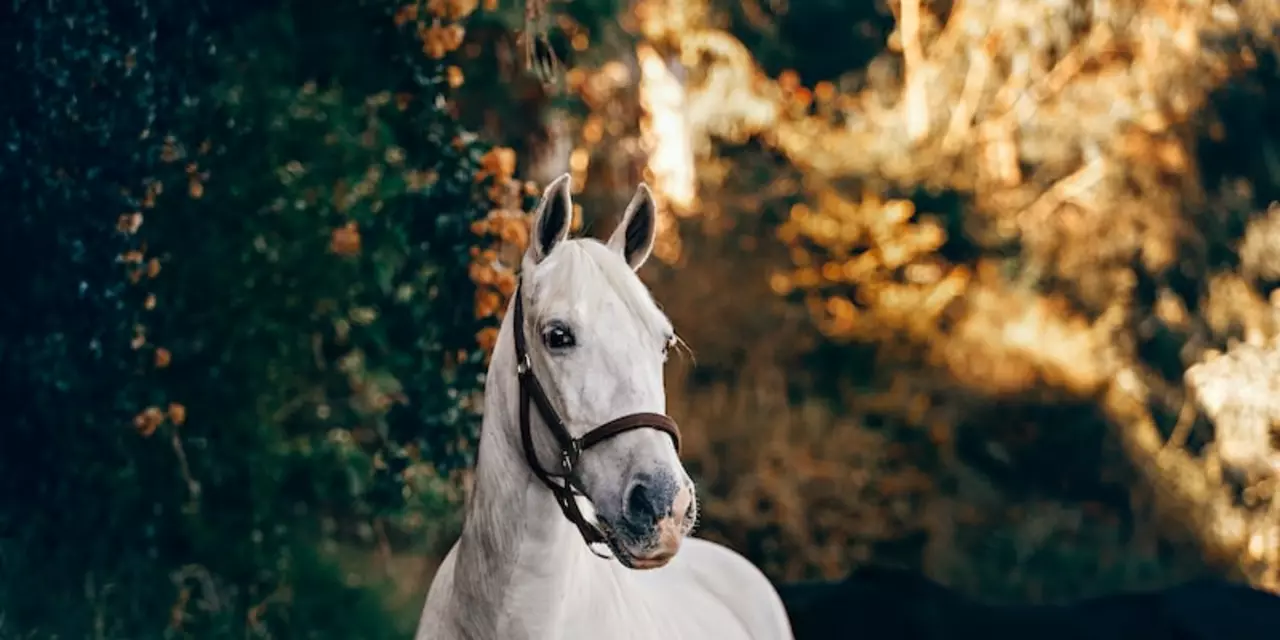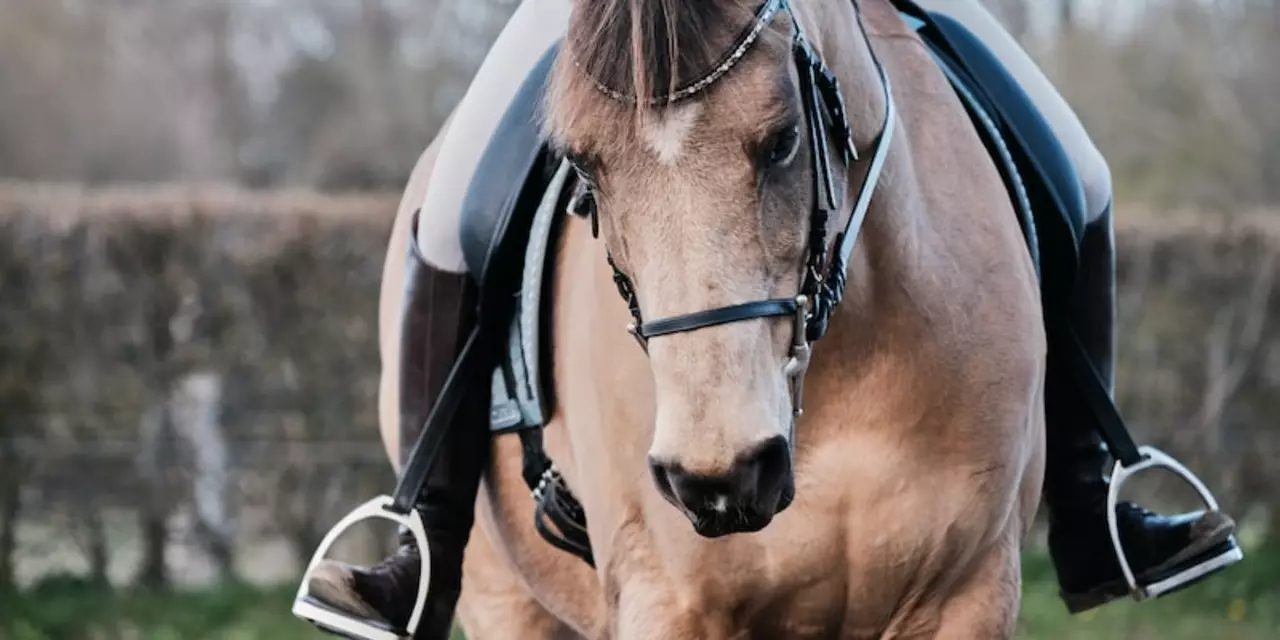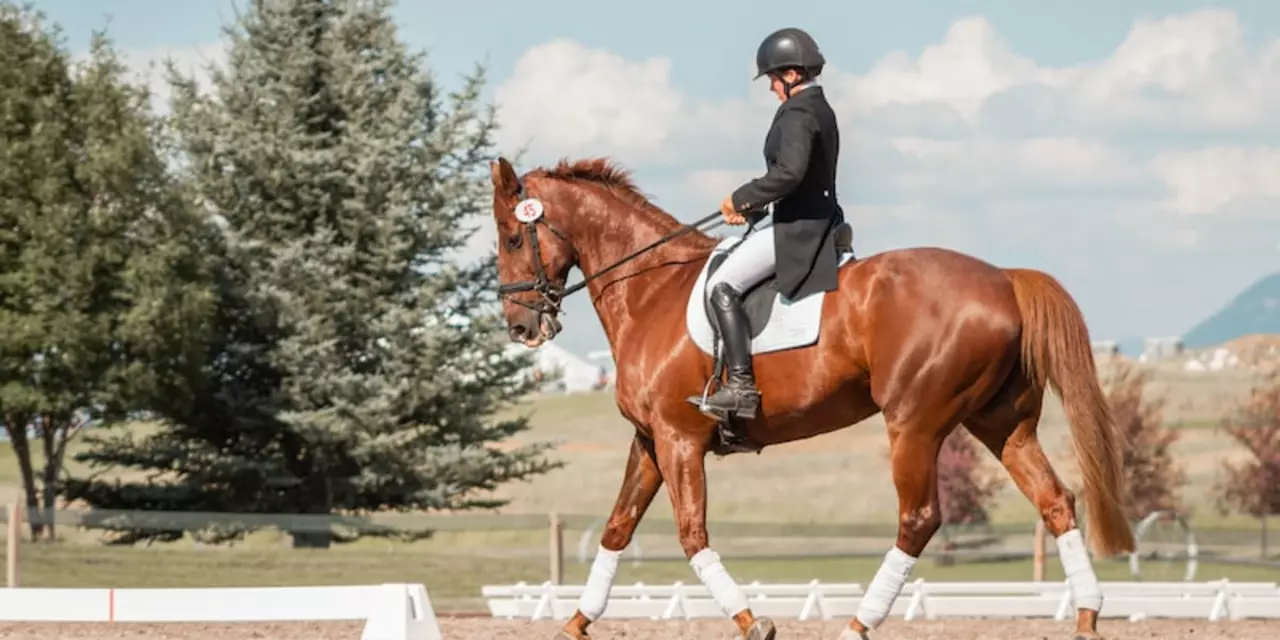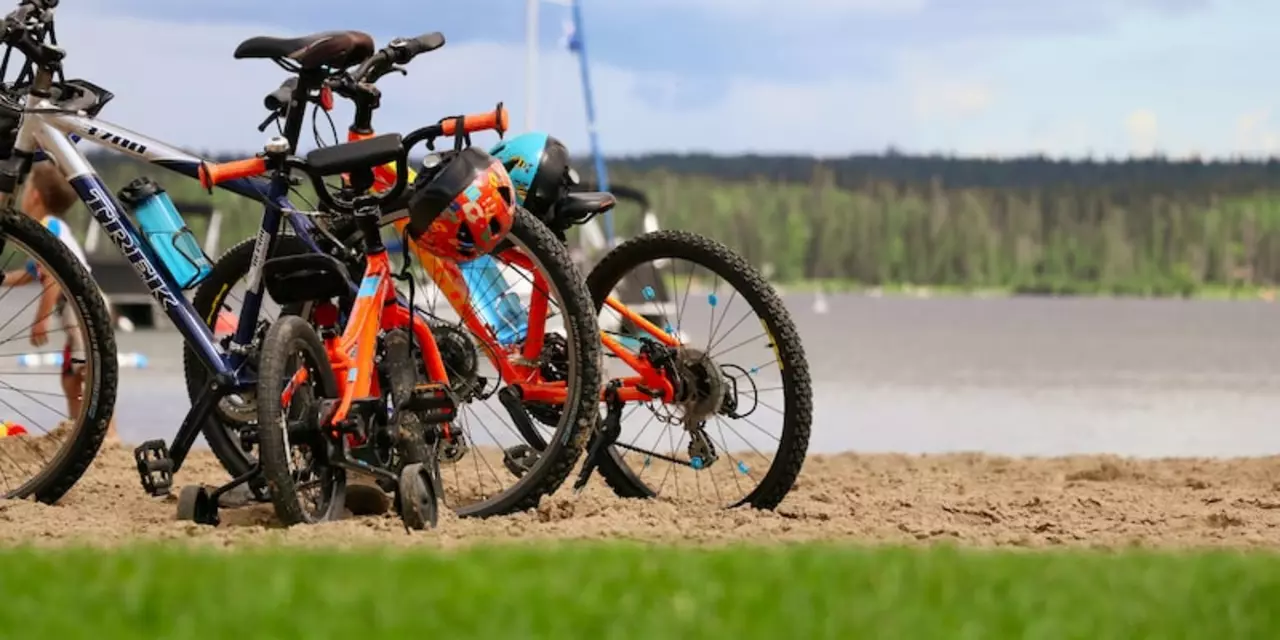February 2023 Archive: Your Quick Guide to What Went Live
Wondering what we shared in February? Here’s the low‑down on the most useful posts that landed on Cherry Hills Sport Ponies during that month. Whether you’re a beginner or an experienced rider, you’ll find at least one tip you can try right away.
Training Tips That Got Riders Moving
We kicked off the month with a series on building core strength for both horse and rider. The post broke down three simple exercises you can do at the stable – leg lifts, balance board drills, and breath‑control routines. Readers said the drills helped them feel steadier in the saddle, especially on uneven ground.
Mid‑month we posted a step‑by‑step guide on improving trot transitions. The guide focused on timing the reins, adjusting seat depth, and using gentle leg cues. We even added a short video clip showing the exact rhythm to aim for. Riders reported smoother transitions in their next lesson after trying the tip.
Gear Reviews That Saved Money
Cold weather doesn’t have to mean bulky gear. Our February gear roundup highlighted three lightweight, waterproof breeches that keep you dry without sacrificing flexibility. We compared price, durability, and fit, and gave a clear recommendation for each riding style – jumping, dressage, and trail.
We also tested a new shock‑absorbing saddle pad. After a week of riding, the pad reduced pressure points for both horse and rider. The review included a side‑by‑side photo of the pad on a standard pad, so you can see the difference immediately.
Finally, we shared a quick checklist to keep your bootlaces from coming undone during a long ride. Simple tricks like double‑knotting and using a lace lock can save you from a mid‑trail scramble.
All of these posts are still live in our archive, so you can scroll back, read, and apply the advice whenever you need it. If you missed a post, just head to the archive menu, pick February 2023, and you’ll see the full list.Got a question about any of the tips? Drop a comment on the post page or join our Facebook group. Our community loves swapping stories and solving problems together.
Happy riding, and keep checking the archive for fresh ideas every month!

Clydesdale horses are a breed of draft horse known for their large size, strength and gentle character. They originated in Scotland in the 19th century and have since been used for a variety of purposes, including agricultural and industrial work, show-jumping and even light riding. While they are not traditionally considered a riding horse, Clydesdales can be trained to be ridden, provided they have sufficient training and conditioning. Furthermore, their size and weight make them well-suited to carrying heavier riders, making them an excellent choice for riders who need a larger mount.
Read more

When riding a horse, it is important to wear the appropriate attire. Avoid wearing loose or baggy clothing, jewelry, or items with buckles or buttons as these can get caught in the saddle or bridle and cause injury. Additionally, avoid wearing flip flops, sandals, shoes with high heels, or any shoes with slick soles. Finally, wear a riding helmet at all times for safety. All in all, when riding a horse, it is important to dress appropriately and safely.
Read more

Horse riding is a fun and rewarding activity that can be learned without a trainer. It requires patience, dedication, and research to learn the basics of riding. The first step is to find a horse to ride. Other important steps include learning general horse care and safety, understanding the basics of riding, and practicing as much as possible. Additionally, it is important to find a knowledgeable mentor and join a riding group to help with the learning process. With the right attitude and effort, anyone can learn to ride a horse without a trainer.
Read more

Horseback riding is a popular activity the world over, and having the right spurs is an important part of the experience. Depending on the type of riding, different types of spurs can be used, including blunt, shank, or rowel spurs. Blunt spurs are best for beginner riders, while shank and rowel spurs are better for more experienced riders. When selecting spurs, it is important to make sure they fit the rider's boots and are comfortable for the horse.
Read more



